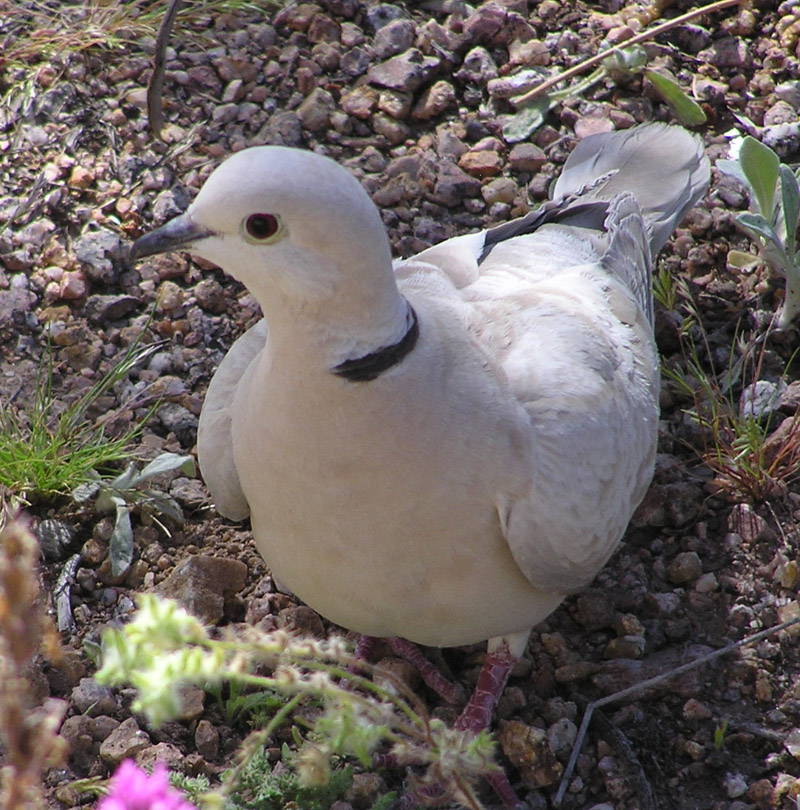A favorite slinky neighbor…
…was patrolling our yard yesterday, an overcast Thursday morning.
I was working in the studio and noticed yard birds scolding harshly. But my brain was busy with clay, and it only spared enough attention to ID the calls — cactus wren, verdin, curve-billed thrasher — and forgot to be curious about what was setting them off. If you’re really paying attention, sometimes it’s possible to tell from the calls whether it’s a ground predator or an aerial one — hawk, kestrel — and sometimes even if it’s cat or snake. Snake creates the most fury, or panic, and the longest-lasting, loudest scolding. But it wasn’t until I noticed E heading outside with his camera that I thought to check out the scene.
Snake creates the most fury, or panic, and the longest-lasting, loudest scolding. But it wasn’t until I noticed E heading outside with his camera that I thought to check out the scene.
In this case, it was the local Gophersnake (Pituophis catenifer affinis, the Sonoran Gophersnake), gliding through the dried leaf litter around the citrus trunks. Although we can’t be sure, I suspect this is the same individual we see periodically, although it’s much longer than it was the first time we saw it a few years ago, swallowing a very young cottontail practically on our doorstep (E was able to get fabulous pictures of the process from capture through constriction through engulfing, but I’m of two minds about posting them). Thursday’s snake was close to 5 feet long, and robust, although gophers are not as thick as rattlers. Gophers are Arizona’s longest snake, and can reach 6 feet in length, so this guy has a way to go yet; I’m hoping he’s finding lots of roof rats to help him get there. Right now there’s a new batch of rabbits, rock squirrels and quail around, and these along with bird eggs, other snakes and lizards would all be on his menu.
He was moving slowly around the yard, intent on any prey items he might come across, but also moving  toward a daytime hiding place, so E was able to get lots of pictures. At one point, we got a little close for the snake’s comfort, and it gave us its best impression of a defensive rattler: it pulled up into an s-curve, and gaped its pink mouth, hissing and making a mock rattling sound (photo above).
toward a daytime hiding place, so E was able to get lots of pictures. At one point, we got a little close for the snake’s comfort, and it gave us its best impression of a defensive rattler: it pulled up into an s-curve, and gaped its pink mouth, hissing and making a mock rattling sound (photo above).
This picture also shows the amazing coloration of the gopher snake: a series of mottled chocolate brown patches and spots on a creme-colored ground, grading into a bold dark brown and yellow striped tail. This rattler imitation is both a blessing and a curse for the snake. No doubt it discourages many potential threats like coyotes, but it also causes people to mistake them for actual rattlers, with unfortunate results for the innocent and effective rodent-hunter. The display was impressive; we gave him a little space, and he quickly resumed his slow perusal of the yard. Eventually it took cover under a big quartz boulder by a fence, and that was that, until the next time.
For more info, click here to link to the useful Reptiles and Amphibians of Arizona website.
(Photos, E. Shock)

















